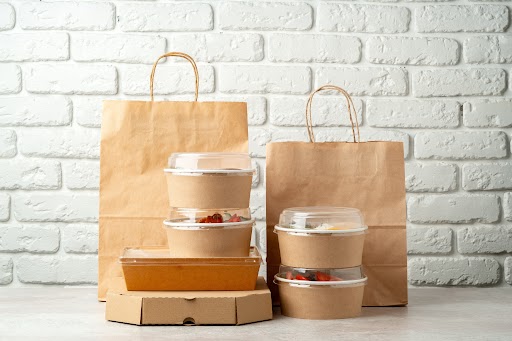

Packaging plays a critical role in ensuring food safety and hygiene. It serves as the first line of defence against contamination and spoilage throughout the chain of food packaging supplies.
From production and processing to transportation and storage, packaging protects food products from all sorts of hazards. Let’s explore how packaging plays a crucial role in ensuring food safety and hygiene in today’s food industry.
The first line of defence in food safety begins with the packaging materials. Food-grade materials are non-toxic, chemically inert, and safe for direct contact with edible products.
Whether it’s corrugated boxes or laminated liners, every component of food packaging must meet regulations.
These materials must be free from substances that could leach into the food or react with it during storage. For instance:
Modern packaging design contributes to food hygiene by minimizing consumer exposure during storage and consumption. Single-serve packaging, resealable closures, and easy-pour designs are not just about convenience—they help:
These features are particularly valuable in preventing foodborne illness in high-risk environments. This makes it essential to collaborate with food packaging companies in Canada that can help you achieve these goals.
Also Read :
How to Design Impactful Custom Food Packaging
Why Food Packaging Needs to Be Both Functional and Aesthetic
Food travels long distances through various environments — trucks, warehouses, shelves — and each touchpoint increases the risk of cross-contamination. A proper design from food packaging manufacturers helps reduce this risk by:
Particularly in the meat, dairy, and fresh produce industries, contamination from packaging lapses can result in public health risks.
In today’s food industry, packaging is no longer just a means of wrapping a product. Instead, it is an integral component of a comprehensive food safety strategy.
From material selection and contamination control to hygiene in design and regulatory compliance, every aspect of food packaging supplies is essential. It plays a crucial role in ensuring the safety of food from the factory to the customer’s fork.
Looking for packaging solutions that meet the highest hygiene and food safety standards? Explore the offerings from industry experts, such as Coleman Containers, to find the ideal packaging for your product.




Get Free Estimate!
